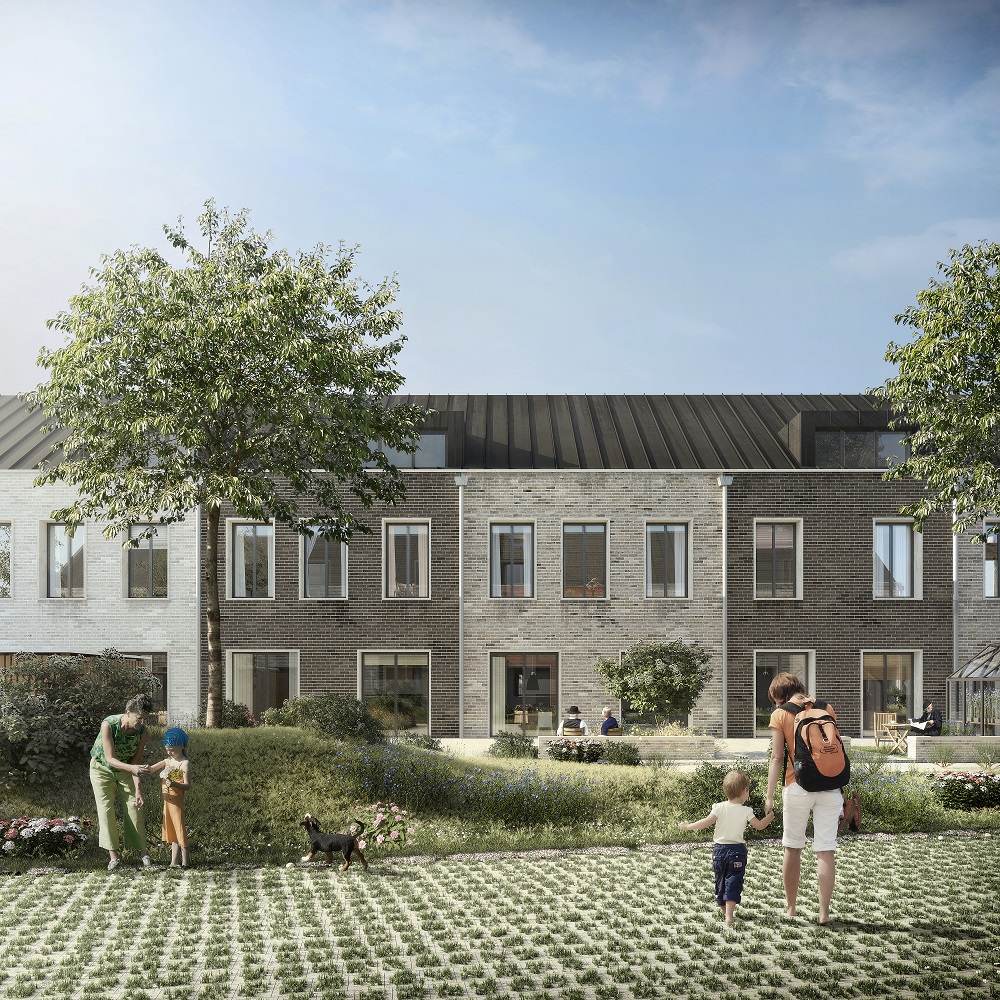Housing Infrastructure Fund - laying the foundations

|
| In August 2019, the Chancellor of the Exchequer, Sajid Javid, announced over £600m of additional funding for five projects from the Housing Infrastructure Fund (HIF). |
Contents |
[edit] Introduction
There are a number of barriers to delivering new housing developments, including a lack of existing infrastructure and the funding for it.
The Housing Infrastructure Fund (HIF) forms part of the broader National Productivity Investment Fund announced by the previous Chancellor Philip Hammond in 2016. It comprises a £5.5bn pot of money designed to make more land available for housing and deliver physical infrastructure to support new and existing communities.
HIF itself is split into two sections: the Marginal Viability Fund and the Forward Fund.
The most recent announcement of £600m is part of the Forward Fund, which is substantially larger than the Marginal Viability Fund and typically reserved for strategic infrastructure projects that unlock large-scale housing developments, such as train stations or significant road upgrades.
Individual bids for marginal viability are capped at £10m, as the government’s aim is for local authorities to use it for “the final, or missing, piece of infrastructure funding to get additional sites... unblocked quickly”.
Part of the conditions which the government attaches to the funding is that it must be spent within a certain time period. This means that successful awards of funding are often given to schemes that are already well advanced in their planning phase.
[edit] The impact of HIF funding and future allocation
The ICE policy team has been speaking to stakeholders, including many from our membership, about the effectiveness of HIF funding as part of the evidence-gathering activities for our forthcoming State of the Nation report on improving connectivity between infrastructure and housing.
There was consensus that HIF funding is delivering better integrated infrastructure and housing for many local communities. However, there was also some concern expressed at the methodology for awarding HIF funding and how this is unfairly penalising areas with lower land values.
Indeed, since the launch of the HIF, much of the £2.5bn that has been allocated has gone to authorities in London, the South East, East of England and South West.
While there is no doubt that areas of highest housing and infrastructure demand should be prioritised, it was clear from the stakeholders we spoke to that the government should consider allocating a separate portion of HIF for areas of lower land value, ensuring that strategic sites nationwide are unlocked for housing development.
In addition, there are still improvements that can be made to HIF, such as moving to a continuous programme of funding rather than defined bidding rounds. This can ensure a more strategic approach to infrastructure provision and enable bidders to take a more measured approach in their applications.
[edit] State of the Nation 2019: connecting infrastructure and housing
ICE’s 2019 State of the Nation report on connecting infrastructure with housing will be launched on September 10, 2019. Readers requiring further information should contact ice.org.uk policy@ice.org.uk.
[edit] About this article
This article was written by David Hawkes, ICE Policy Manager. It was previously published on the website of the Institution of Civil Engineers (ICE) and can be accessed here.
[edit] Related articles on Designing Buildings Wiki
- Affordable housing.
- Brexit - The case for infrastructure.
- Community infrastructure levy.
- Government construction and infrastructure pipelines.
- Green infrastructure.
- Growth and Infrastructure Act.
- Home ownership.
- Housing associations.
- Housing standards review.
- Infrastructure and Projects Authority.
- Infrastructure UK (IUK).
- National Infrastructure Pipeline.
- National Infrastructure Plan.
- Nationally Significant Infrastructure Projects.
- The future of housing.
Featured articles and news
Infrastructure that connect the physical and digital domains.
Harnessing robotics and AI in challenging environments
The key to nuclear decommissioning and fusion engineering.
BSRIA announces Lisa Ashworth as new CEO
Tasked with furthering BSRIA’s impressive growth ambitions.
Public buildings get half a million energy efficiency boost
£557 million to switch to cleaner heating and save on energy.
CIOB launches pre-election manifesto
Outlining potential future policies for the next government.
Grenfell Tower Inquiry announcement
Phase 2 hearings come to a close and the final report due in September.
Progress from Parts L, F and O: A whitepaper, one year on.
A replicated study to understand the opinion of practitioners.
ECA announces new president 2024
Electrical engineer and business leader Stuart Smith.
A distinct type of countryside that should be celebrated.
Should Part O be extended to existing buildings?
EAC brands heatwave adaptation a missed opportunity.
Definition of Statutory in workplace and facilities management
Established by IWFM, BESA, CIBSE and BSRIA.
Tackling the transition from traditional heating systems
59% lack the necessary information and confidence to switch.
The general election and the construction industry
As PM, Rishi Sunak announces July 4 date for an election.
Eco apprenticeships continue help grow green workforce
A year after being recognised at the King's coronation.
Permitted development rights for agricultural buildings
The changes coming into effect as of May 21, 2024.






















